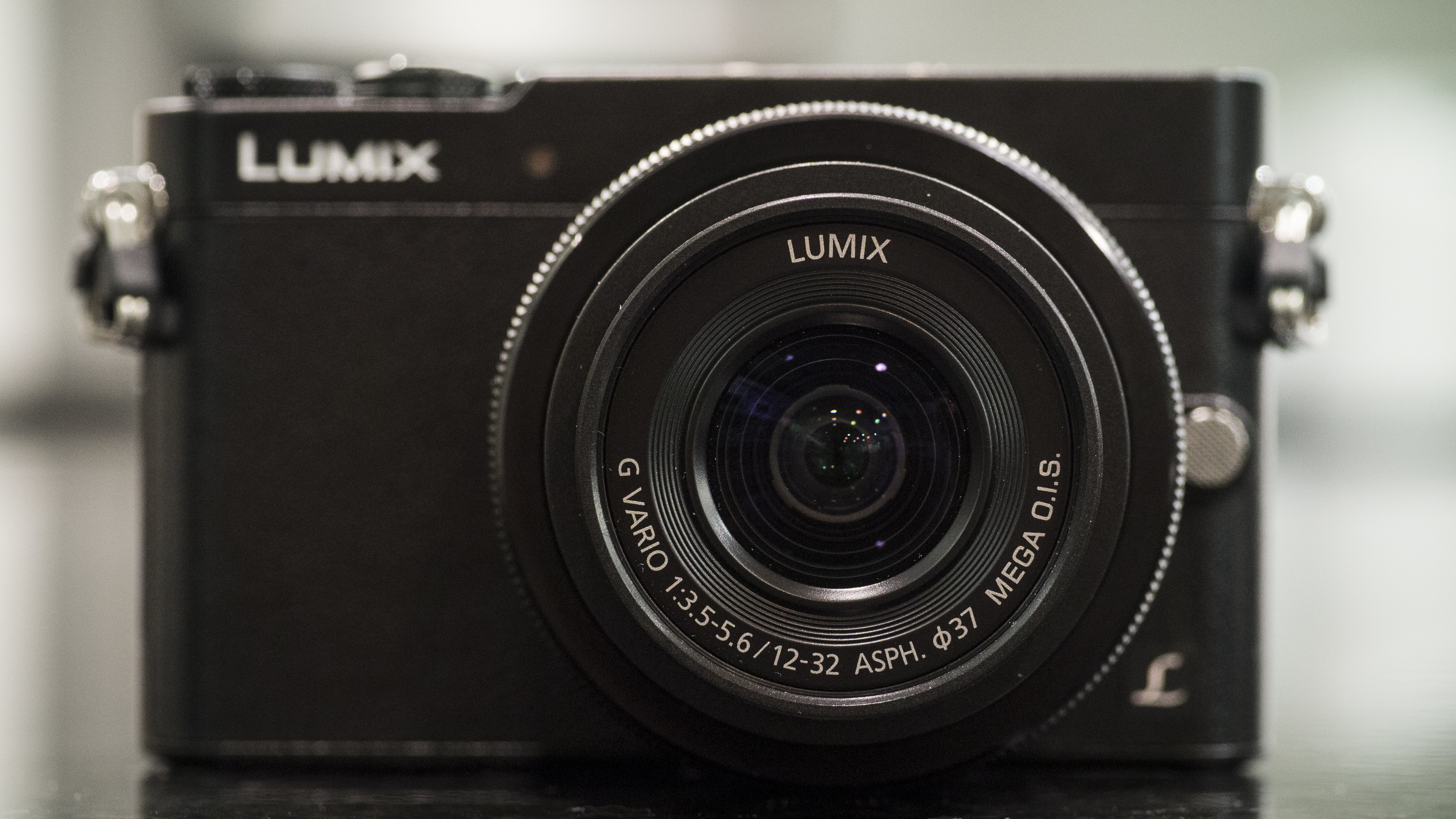Why you can trust TechRadar
At the time of the GM1's launch, I was incredibly impressed by what Panasonic engineers had managed to achieve in such a small body. It's no mean feat to include such a large sensor as well as making it an easy to handle camera. As someone who enjoys using a viewfinder, its absence was the only major downside I could find to the GM1.
Fast forward a year and a bit, and Panasonic has answered that problem admirably, while making small improvements to the handling to make the GM5 even easier and nicer to use than before.
Image quality is fantastic, with vibrant colours, excellent detail and a great walk around kit lens to get you started. It's also matched perfectly with the camera in terms of its size, meaning it slips comfortably into a jacket pocket. Having the flexibility to change lenses is brilliant, and certainly elevates this camera above compact cameras of a similar size which have a fixed optic.
There's also a great range of extras – the touch-sensitive screen for a start, which although at times a little over sensitive, is a great complement to the buttons and dials. The viewfinder is small, just like the rest of the camera, and though it's not one that I would want to use for every picture, it's very handy to have when the light is bright, or if you prefer to work in that way when composing certain images.
Wi-Fi connectivity is also useful for composing from awkward angles, which is especially useful in this case when you consider that the camera doesn't have a tilting or articulating screen. It's a shame not to see NFC connectivity for those with compatible devices, though.
We liked
Panasonic engineers continue to impress with their ability to package a great range of features into a stylish and small body. Using the camera is a real treat and if you want something that produces high quality images from something you can slip into a jacket pocket, this is a superb choice, especially so if you already have another Micro Four Thirds camera.
We disliked
There really isn't much to dislike about the GM5, but if we had to be ultra picky, then the tendency to set the autofocus point with your nose when using the TouchPad AF can be a little frustrating at times, but it is something you learn to compensate for with time (by altering the way you position the camera). Fans of NFC may be disappointed to find a Wi-Fi only camera, too.
Final verdict
Cameras such as this leave the other small compact system cameras in the dust – we're talking about the Nikon 1, Samsung NX Mini and Pentax Q range here. This camera is smaller than even some of those models, but features a sensor which is much, much larger. The lens range available for Micro Four Thirds is also more flexible and extensive.
That said, it seems that Panasonic doesn't view CSCs as the GM5's rivals, but rather premium compact cameras such as the Sony RX100 III and the Canon G1X Mark II. There are advantages and disadvantages to both types of camera, but this seems to win in so many areas it makes it hard not to recommend it to anyone looking for superb image quality in a tiny body.
The GM1 scored top marks, and this camera only improves upon an already fantastic device, so it gets the top marks again. Great work, Panasonic.
Amy has been writing about cameras, photography and associated tech since 2009. Amy was once part of the photography testing team for Future Publishing working across TechRadar, Digital Camera, PhotoPlus, N Photo and Photography Week. For her photography, she has won awards and has been exhibited. She often partakes in unusual projects - including one intense year where she used a different camera every single day. Amy is currently the Features Editor at Amateur Photographer magazine, and in her increasingly little spare time works across a number of high-profile publications including Wired, Stuff, Digital Camera World, Expert Reviews, and just a little off-tangent, PetsRadar.

